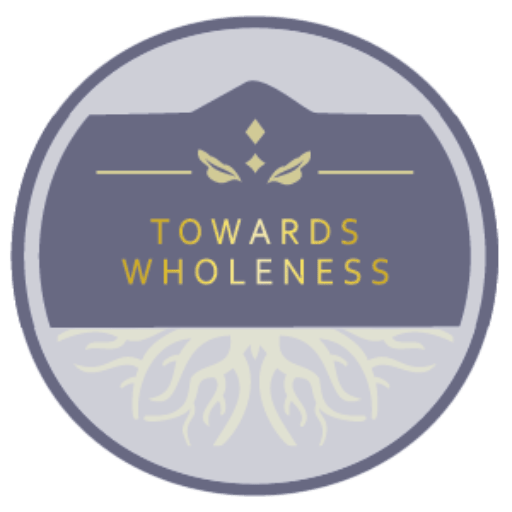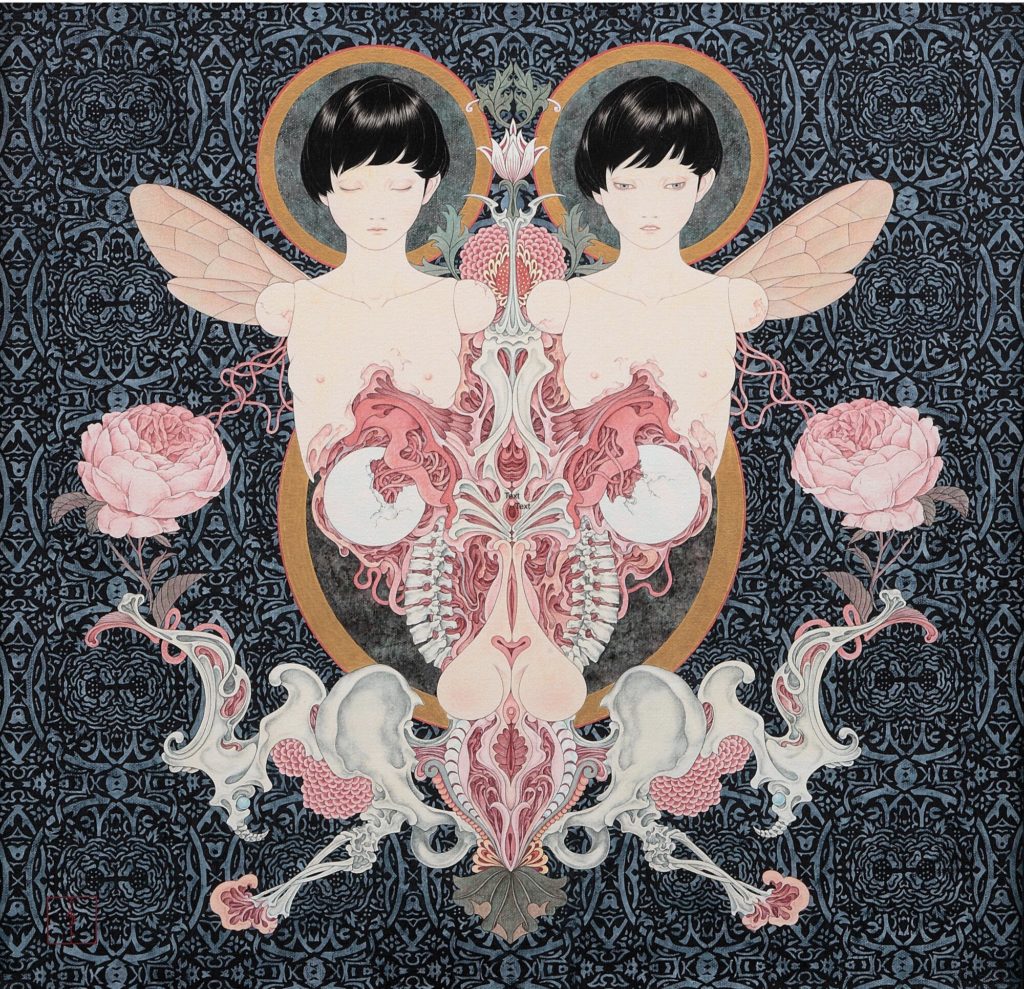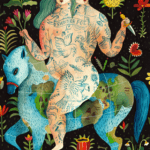We are in the midst of a collective crisis and initiation, where peril and potential sit alongside each other. Humanity has always understood that change and transformation require sturdy containers to hold the fluid process of becoming. That all seeds of growth require a vessel in which to gestate. Alchemical stages, myths and fairy tales, initiatory rites and rituals are all such wombs, that birth the emergence of the new. Through their tasks and stages, they map out the timeless cycles of regeneration. And they all highlight the importance of intention that aligns such journeys with meaning and purpose, providing a necessary amulet for navigating these treacherous terrains.
In tribal cultures, initiations and rites of passage were sacred portals. They moved the initiate from a state of being to a stage of becoming. These technologies of the soul would dissolve the initiate’s ego structures in order to support the unfolding of a deep psychic reorganisation. The metamorphosis would evolve in three stages. At first, the initiate would enter a stage of separation and isolation, followed by a period of ordeal, severance and symbolic death, culminating in ceremonial and communal rebirth. In this final stage, the initiate would re-enter the collective whole as a valued tribal member of greater maturity, self-awareness and spiritual connection.
The stage of isolation and separation from the community would sometimes last for months. In this space, the initiate was in a state of uncertainty, disorientation and confusion. As they came to meet themselves in solitude, away from everyday distractions as well as from the tribal guidance and support, they dived deeply within, forced to discover and rely on their own inner resources. Their psychic resources and the wider cosmological guidance they encountered in this liminal space would be their compass in the darkness. Their isolation (often in a cave-like structure) was a symbolic drawing back into the fertile darkness of the womb. In this deep incubating space, the seeds of their future self were sowed, as they began to engage with their psychological and spiritual work. Here, in the regenerative dark, they waited for the Great Vision that would bring them into alignment with their vocation, life-purpose, place in their community and spiritual path.
The incubation stage was followed by the ordeal stage. Their process here was deepening. The initiate was confronted by a painful symbolic encounter with loss, dismemberment and death. It was their encounter with their suffering that activated their inner healing capacities. They were in the field of transformation. They were coming into greater consciousness as they moved from the innocence and dependency of childhood into the maturity and self-sufficiency of adulthood. But the self-sufficiency of these cultures was a highly relational space, as opposed to what this term means to us today. What they gained in their process belonged as much to them as to their collective, and they were to bring the gifts of this liminal space in service for the wider whole.
The ordeal of severance, loss and symbolic death was followed by a collective ceremonial rebirth. The newly emerged adult was welcomed back into their tribe. They were now mature enough to be in service. Here is where their integration process would begin to unfold, as their glimpses of the deep self and soul would become owned, honed and embedded through their participation in the relational field of the collective, their tribe, as a fully-fledged adult.
The person that returns is no longer the same as the person that left the tribe behind. This soul-deep transformation takes place within a sacred space that supports a safe process of renewal. The initiate has moved through the cyclical journey of death and rebirth that all great transitions require. This is a passage that serves the death of something old and the birth of something new. We will all be tasked with encountering a series of death and rebirth cycles throughout our lifetimes that contain the potential of initiating us into greater alignment with a deeper sense of self.
Initiation rites and rituals are no longer available to us in our so-called modern societies, but the soul that always remembers the journey it needs to undertake will find its process through seemingly-random acts of fate. But without the structured frameworks that would traditionally hold the arc of transformation and contain the necessary chaos that precedes all change, we are called to face them unresourced, come what may. To become initiated is to break in all the right ways and all the right places and through the cracks the possibility of something new may emerge. But not every break meets its mend. As James Hollis says:
There are wounds that crush the soul, distort and misdirect the energy of life, and those that prompt us to grow up.
In the fluid stages of becoming we open up to all possibilities; the integration of our wounds that will nourish our growth, or the disintegration from our wounds and the potential that they become infected and infect.
The path of change, transformation and initiation is paved with great uncertainty. We often do not know where it all leads or what it all means. As we walk away from the fragile edge of what we know and we can count on, we follow the unfolding mystery step by step, guided by our courage, curiosity and our commitment to draw our learning from our journey’s cycles. Such journeys are always purposeful. With intention and with the right containers, we can learn their language and support their creative process, until a deeper balance is restored.
Any movement towards greater awareness and consciousness requires a degree of discomfort, as we peel back the layers to get through to our core. Our encounter with suffering ignites the forces of transmutation, but requires our full participation. By relinquishing our clinging to the illusion of an always happy, easy, perfect and unfettered life and by moving through the grief of our lost innocence and idealizations, we come to cultivate a relationship with the existential agonies of life. At the end of such a journey, we have come to know ourselves and our inner resources in a more intimate way.






Hi Maria. Thank you for posting such a useful an insightful post. I’m intrigued by the notion of the ‘right containers’ to help facilitate change. I’m feeling the need to explore this more and hoping you might be able to point me in the right direction some how?
Hi Jo, thank you for visiting, reading and for your question. It is a big question that we will all answer differently according to what may work for us. For my personal journey at times of being wounded it has been the container of psychotherapy that has really held my process in focus, depth and allowed growth (change) to come through. But that might not be the right container for everyone. However, one important quality of a good container for such a deep process would be solidity and most importantly consistency, it should be a kind of practice. These journeys take time and our containers should hold us through the time needed to come into relationship with the wounds that are beneath our symptoms. For others the medicine and holding might be found through a spiritual practice, or a solid community that can support one through with intention, for some it may be a gardening or body practice. Trying out different things will help one find what is the right fit, and it might be that different wounds might need a different medicine and container each time. I hope that gives you some ideas to ponder on.